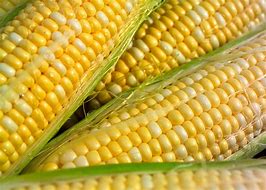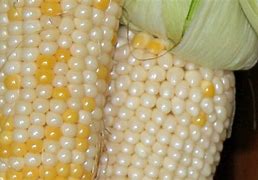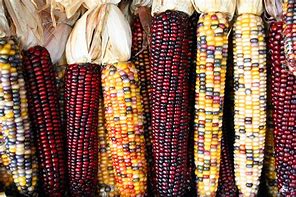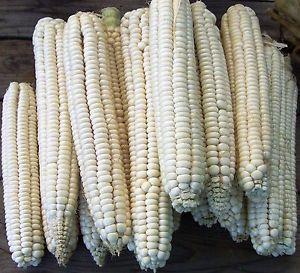Sweet corns of today have become complicated in which there are now five different kinds being offered. On most corn seed packets, there will be a su, se, sh2, shA, or syn. But why should we care, is there only one type of corn?

1. Your parents’ or grandparents old fashioned sweet corn is now called normal standard sugary (su). These are the parents of today’s sweet corn. You can still buy this open-pollinated type from seed catalogs. Some people like the flavor and texture better than the newer varieties. Sugar levels are between 10 and 15 percent at harvest. These do not store well and lose most of their sugar after 1 or 2 days. They are open-pollinated meaning they can be planted along with other varieties without affecting their sugar content. More tolerant to wet, cool soil. Some of the varieties are Silver Queen and Honey and Cream.
2. The sugary enhanced (se) varieties were the next step in the sweet corn evolution. They still retain the old-fashioned taste and texture but have higher sugar content. The storage life lasts up to two weeks longer than the (su) type. No isolation required. Some varieties are Peaches and Cream and Kandy Korn.
3. The shrunken-2 or supersweet cultivars (sh2) having a remarkably high sugar content compared to the first 2 kinds. Their storage time is up to 7 days. The seed is wrinkled or shrunken giving the name to this variety. The kernels have thicker seed coats giving the corn a crunchy texture. Most sweet corn is planted when the soil is between 55 to 60 degrees. The supersweets should be plants at 60 degrees or above. This variety needs to be isolated from other non-supersweet so they do not cross-pollinate reducing their sugar content. Varieties include Early Xtra Sweet, Illini Xtra Sweet, and Honey ‘n Pearl.
4. Below the shrunken or supersweet varieties is an augmented supersweet (shA) containing a se gene. They are a little sweeter and more tender. Soil temperature should also be above 60 degrees.
5. Finally, synergistic sweet corn (syn) contains the su, se, and sh2 genes. They are sweet, creamy, and tender. Harvest can be extended in up to 2 weeks. Also, with an excellent storage life.
A subset called heirloom or open-pollinated sweet corn (usually a su variety) is self-sustaining and the kernels can be used year after year if planted in an isolated area. Most of these varieties have a historical significance. The most common variety is Golden Bantam.

Another corn to grow while not for fresh eating is popcorn. This corn has a moist central core that explodes when hot enough. These days there are many varieties of popcorn with different coloring. While popcorn is easy to grow, wait till the soil temperature is above 60 degrees. Also, leave the ears on the plant until the stalk dries down.

Flint corn is the colorful dried ears often blue, red, and mix of colors used for fall decoration. Because of the hard outer kernel skin and lack of sugar, it is used for cornmeal in grits, tortillas, hominy, etc.

Flour corn is sweeter than flint corn, so it can be eaten fresh. Usually, it is ground for corn flour.
